Easter feasts around the world
How the world celebrates Easter
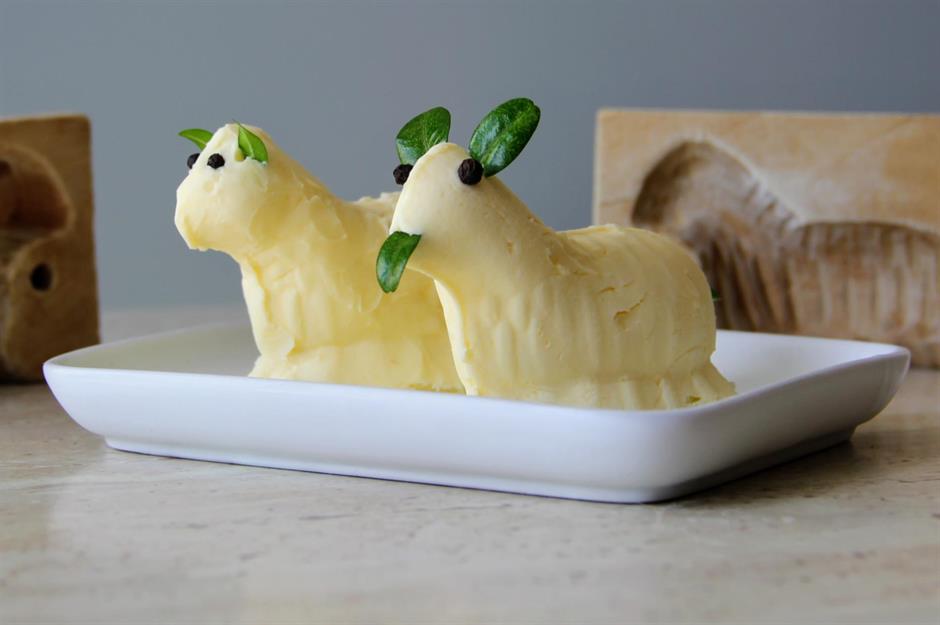
Depending on where you are, celebrating the Christian festival of Easter might mean devouring chocolate eggs and cooing over fluffy chicks and floppy-eared bunnies – or it could mean rustling up a feast of anything from pickled fish to a marzipan-topped simnel cake. Here's what people around the world will be tucking into this Easter.
Click or scroll through to discover interesting Easter traditions around the world.
Argentina: asado
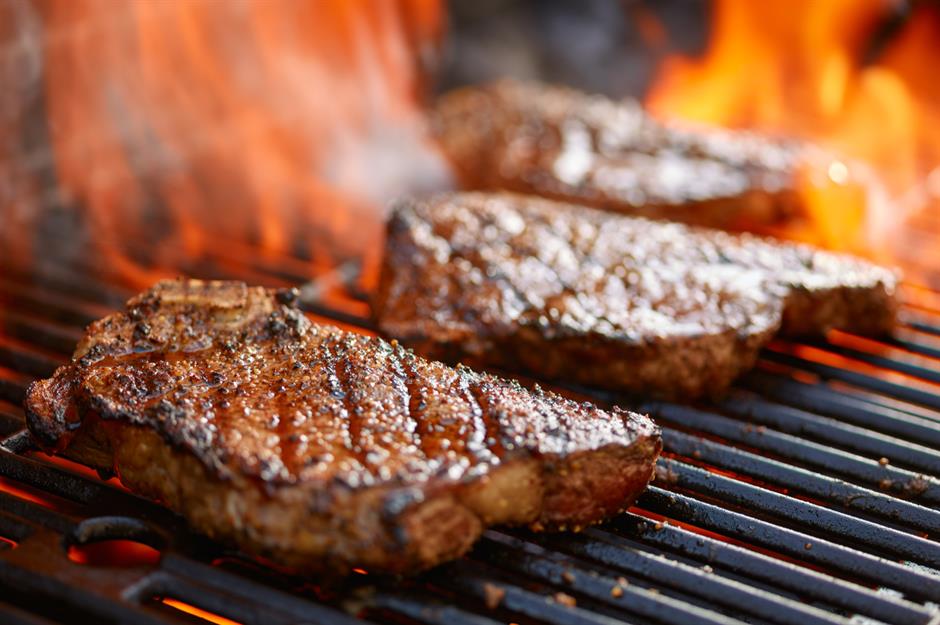
A typical Argentinian Easter feast is an asado, where family and friends gather for platters of barbecued meats. Lamb is usually the centrepiece, but the spread often also includes beef and chicken – and there's likely to be a fair amount of Malbec poured, too. Homemade huevos de Pascua, chocolate eggs containing liquorice treats, are also a tradition for many families.
Australia: hot cross buns
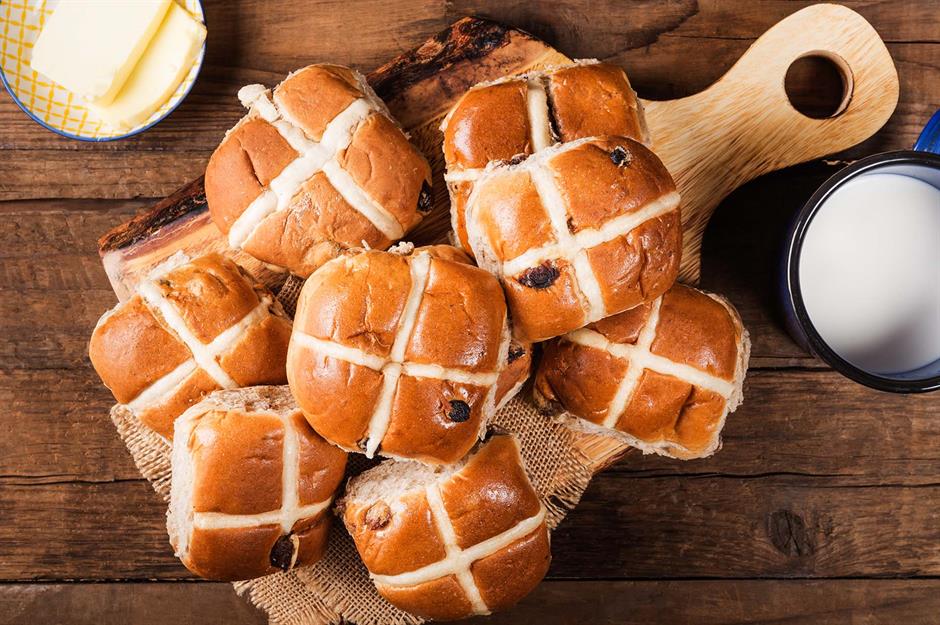
Australia traditionally celebrates Easter with family get-togethers and roast dinners, usually consisting of lamb, beef or chicken with vegetables. It's a similar picture in the UK, and the feast isn't the only Easter custom that Aussies have in common with the Brits – the two also share a love of sweet, spiced, hot cross buns (pictured).
Bermuda: cod fishcakes
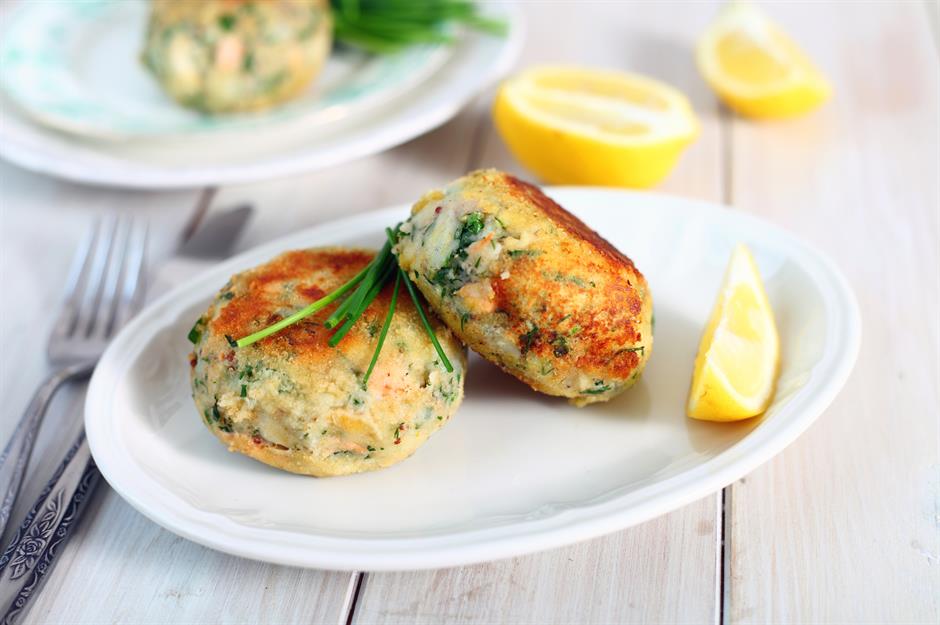
There are two key culinary Easter traditions in Bermuda: hot cross buns and cod fishcakes. The former began as an old superstition that people's houses would burn down if they didn’t eat one. The latter is a take on the customary meal eaten before church on Easter Sunday: codfish and potatoes.
Brazil: bacalhau
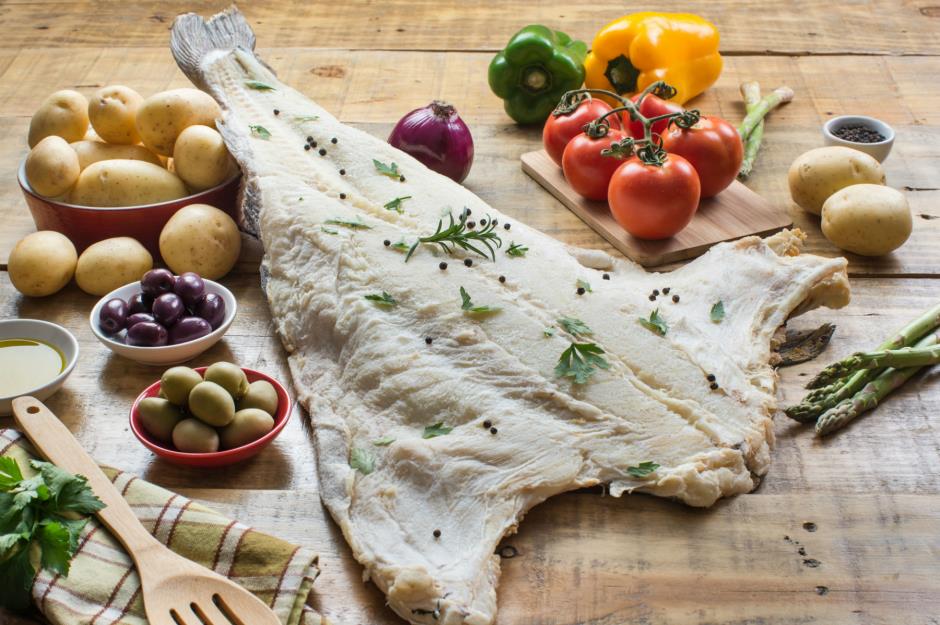
Bacalhau or salt cod is to Brazilians at Easter what turkey is to North Americans on Thanksgiving. Bacalhau is eaten year-round, but at Easter it's a must, often cooked into bacalhau à Gomes de Sá – a stew with potatoes, onions, boiled eggs and olives. Easter in Brazil is also the time to eat chocolate and paçoca, a hard sweet made with crushed nuts, flour, sugar and salt that's often handed out at religious ceremonies.
Bulgaria: kozunak
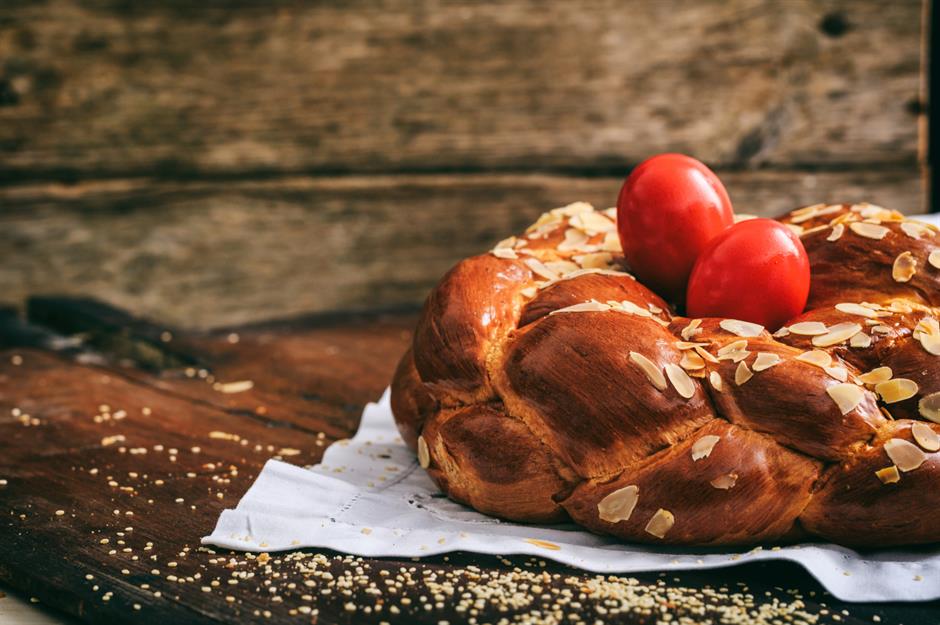
Baking and eating kozunak – a subtly sweet, braided bread – are among the most popular traditions marking Easter in Bulgaria. The rich dough is made with strong white flour, yeast, milk, sugar, eggs and butter, while the juice and zest of a lemon, sultanas and rum are optional additions. On Sunday, the kozunak takes centre stage at a feast of lamb and other foods prohibited during Lent.
Canada: Salt Spring Island lamb
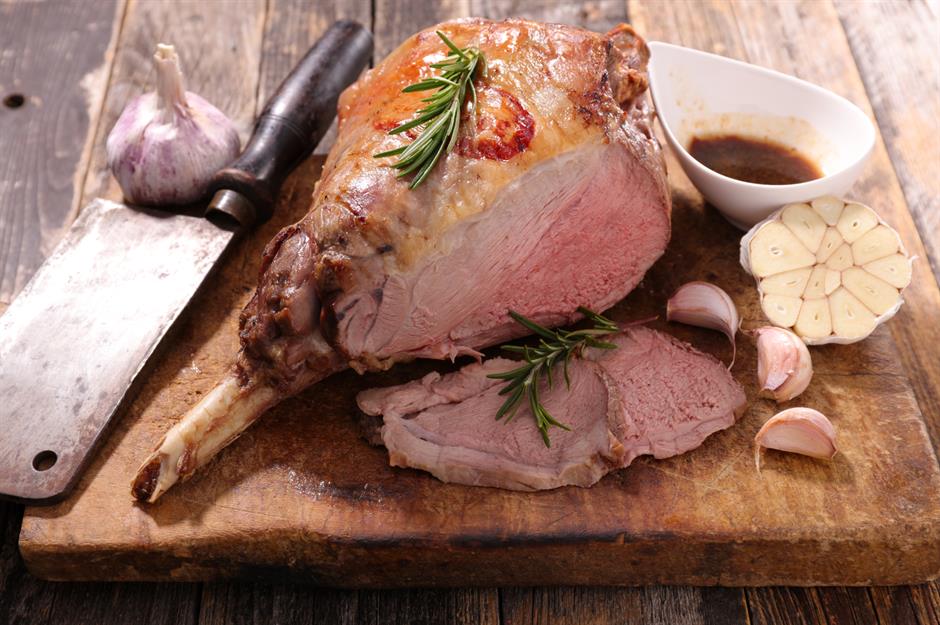
Whether roasted or in a stew, lamb is an Easter lunch tradition in many countries around the world. While some Canadians will feast on turkey or, like the US, a baked ham on Easter Sunday, others will stick to the classic and – if they’re lucky – get hold of what’s considered among the best lamb in the world. Lamb from Salt Spring Island, between British Columbia and Vancouver Island, is famed for being extra delicious thanks to the wild shrubs and grasses the animals graze on.
Colombia: potaje de la vigilia
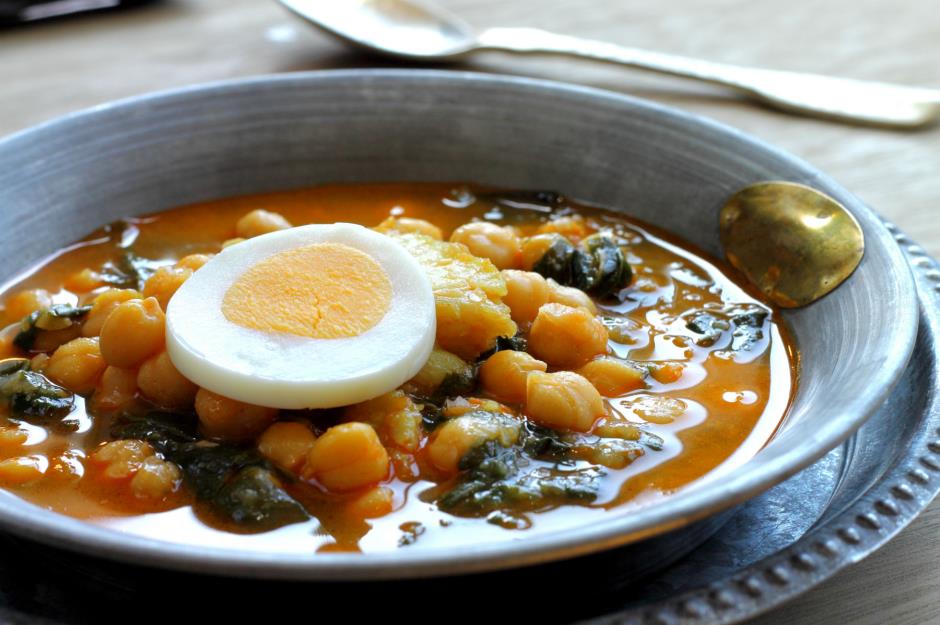
Colombians celebrate Semana Santa or Holy Week by making a soup with cod, called potaje de la vigilia or 'fasting soup'. The soup, with origins in Spain, contains chickpeas, fresh spinach, tomatoes, spices and onions. It's usually served on Good Friday, when people may still be abstaining from eating meat.
Czechia: beránek
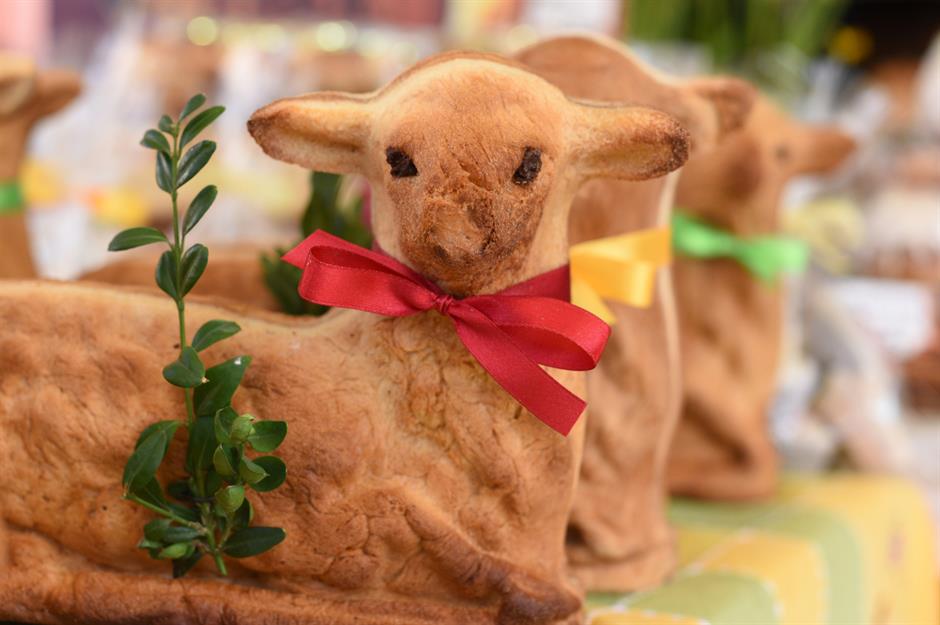
Zeleny Ctvrtek or 'Green Thursday' is celebrated as the start of Easter weekend in Czechia, and that's when people tend to bake these adorable lamb-shaped cakes. Known as a beránek, the sweet white cake is baked in a mould and often given cloves for eyes, with a ribbon and small bell tied around its neck. The lamb then takes pride of place on the table at the Easter Sunday feast.
Denmark: sliced meat and cheese
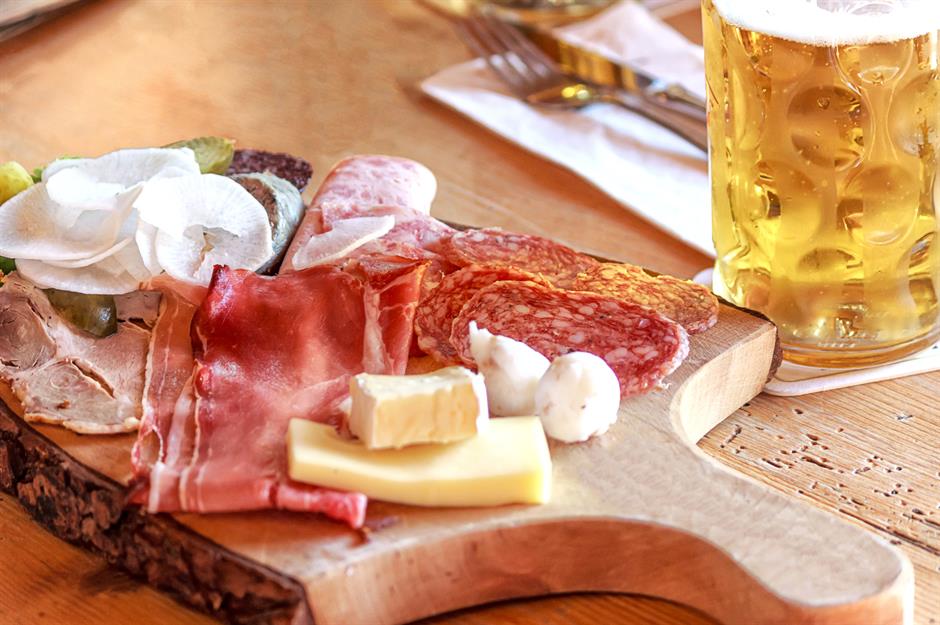
The typical Danish Easter feast is a smörgåsbord of savoury delights. On Easter Sunday, people usually gather around tables heaving with roasted meats, different types of herring, and platters of sliced meats and cheese. Most people drink snaps (a small alcoholic beverage) or beer with the meal, while breweries often release special Easter beer that's typically stronger than usual.
Ecuador: fanesca
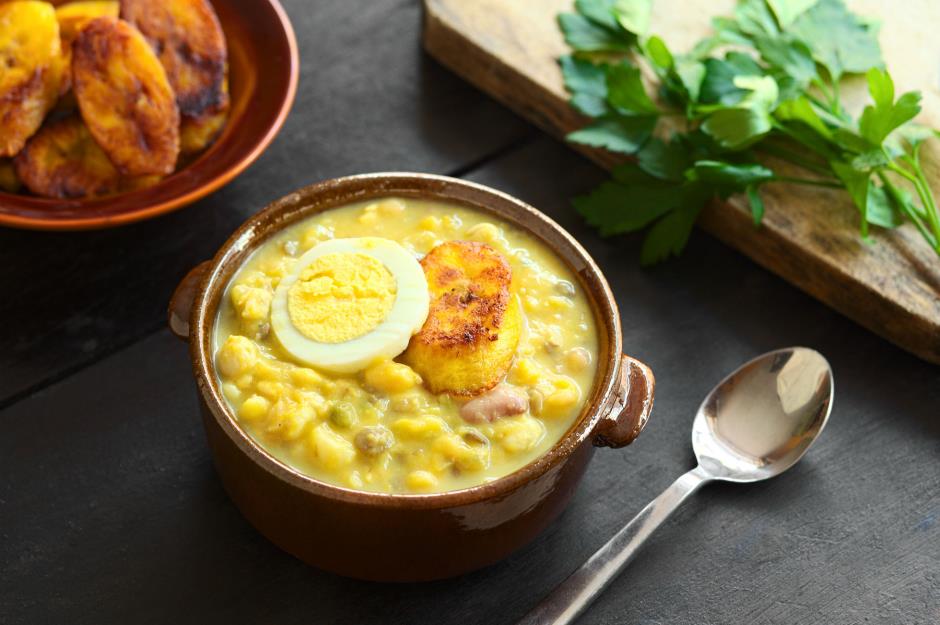
Fanesca is one of the classic dishes served at Easter in Ecuador, where families typically spend hours preparing the Sunday feast. This soup alone can take an entire day to make, with a base of vegetables and beans served with sautéed salt cod and other toppings, including boiled eggs. It's traditionally made with 12 different grains or legumes, which are said to symbolise the 12 apostles. Another dish is molo, mashed potatoes with garlic, cheese and onions, served with avocado, eggs and chillies.
England: simnel cake

A traditional English Easter Sunday meal here is similar to that eaten in many other countries, with roasted lamb as the centrepiece. When it comes to sweet treats, typical choices are hot cross buns and simnel cake, which is covered with a layer of marzipan and decorated with 11 marzipan balls – representing the 12 apostles, minus Judas.
Ethiopia: doro wot
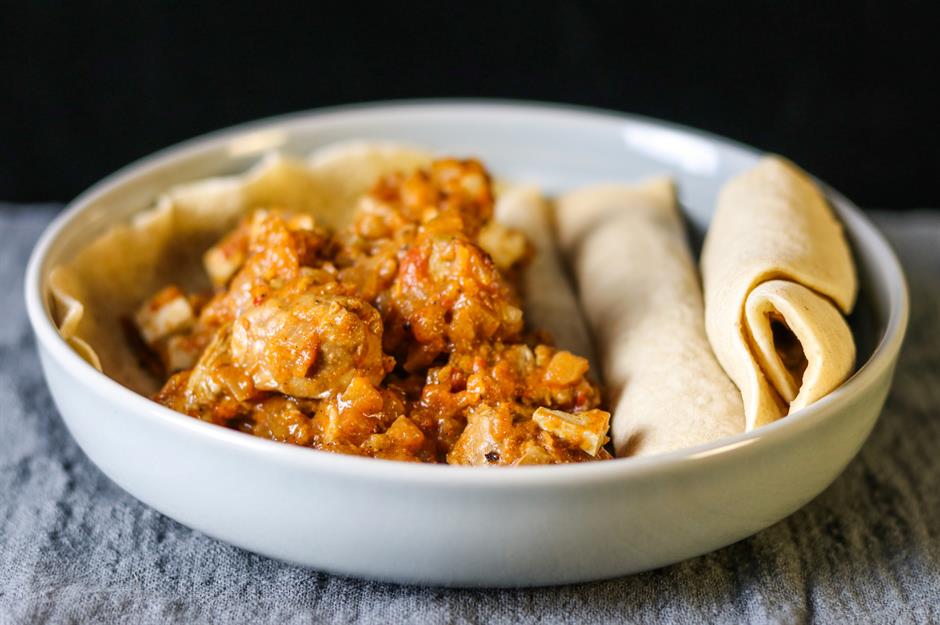
The majority of Ethiopians are Christian, so Easter sees huge celebrations here. A 55-day fast, where Orthodox Christians and Catholics abstain from animal products, is observed until Easter Sunday, when the feast tends to involve chicken, mutton and a variety of breads. Doro wot, a spicy chicken stew, is one of the most traditional recipes, eaten with injera bread and tej, a honey wine.
Finland: mämmi
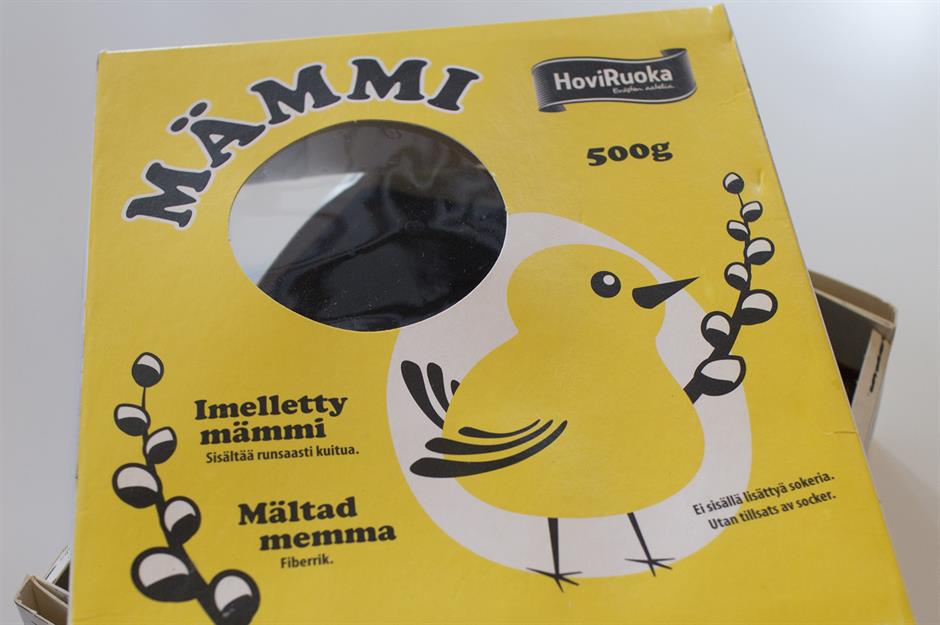
Finnish people mark Easter celebrations by eating mämmi, a soft, chilled rye flour cake that was originally doled out in communities in scoops, sweetened only by natural malt. Nowadays it's usually enhanced with orange zest, molasses and raisins and served in a more decadent style, with milk or pouring cream.
France: friture
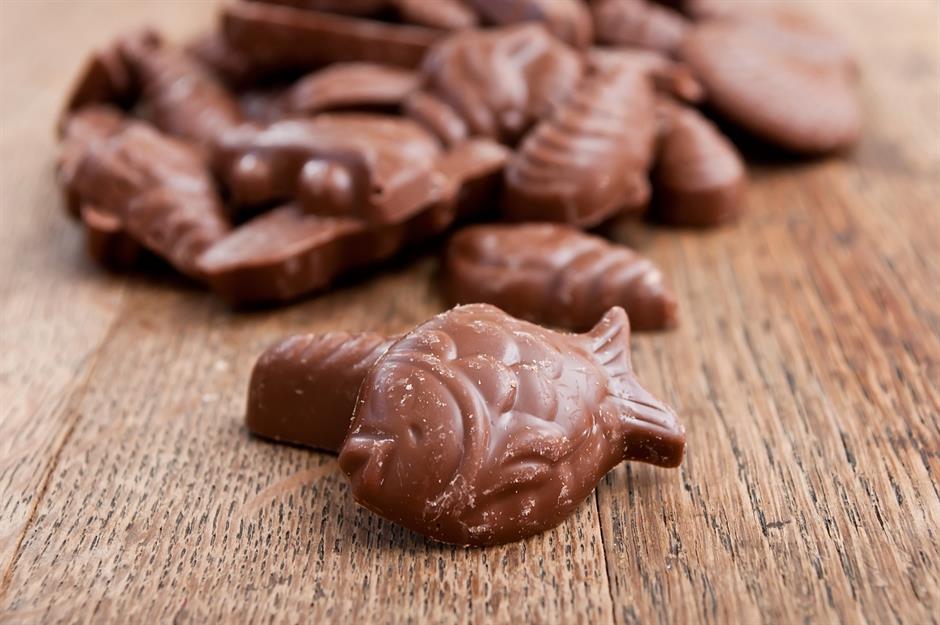
In France, the appearance of chocolate bells and little chocolate fish known as friture signals the beginning of the Easter season. The fish, made with any type of chocolate and based on a story in the Bible, spring up in shops from 1 April. The main Easter Sunday meal tends to revolve around roast lamb, typically served with spring beans or other new-season vegetables.
Germany: sieben kräutersuppe
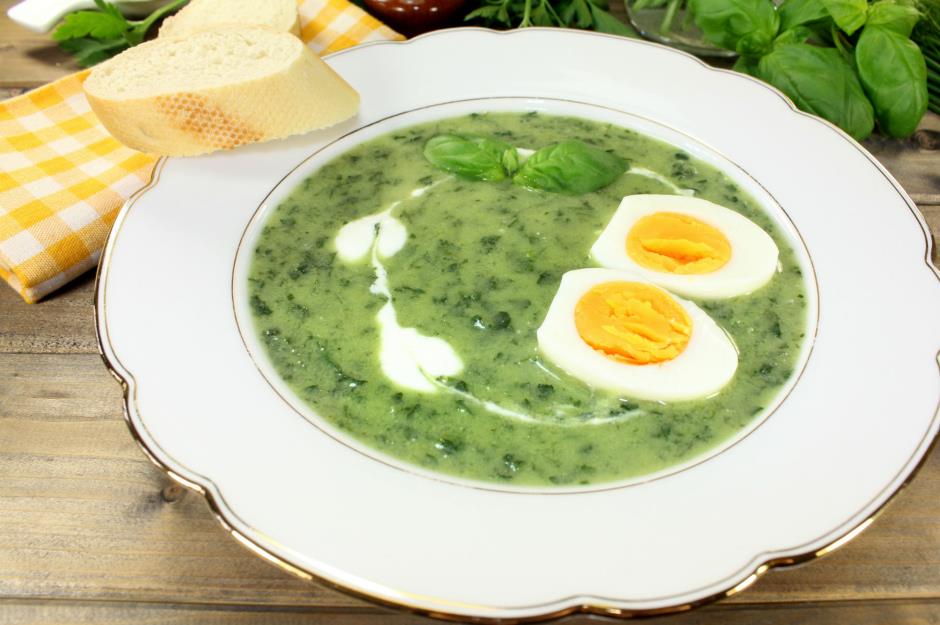
Easter celebrations in Germany run from the Thursday to the Sunday, with traditional dishes for each day. On Gründonnerstag or ‘Green Thursday’, people often eat green dishes like the vibrant sieben kräutersuppe (seven herb soup), packed with spring herbs. Good Friday is for fish, while roast lamb tends to be the centrepiece on Easter Sunday.
Greece: magiritsa
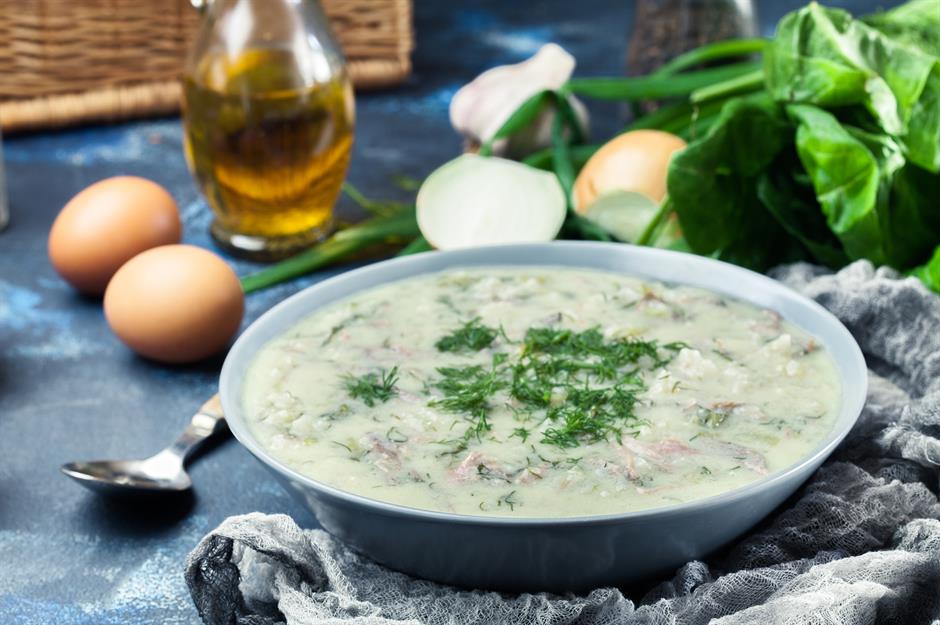
A special soup called magiritsa kicks off Easter festivities in Greece. This Greek Easter soup is made with lamb offal like heart and liver, as well as the neck and the head. Other ingredients include dill, lettuce and onion, in an egg and lemon juice broth. There are regional variations; some add rice, while the Peloponnesian recipe includes freshly grated tomatoes.
Hungary: ham and eggs
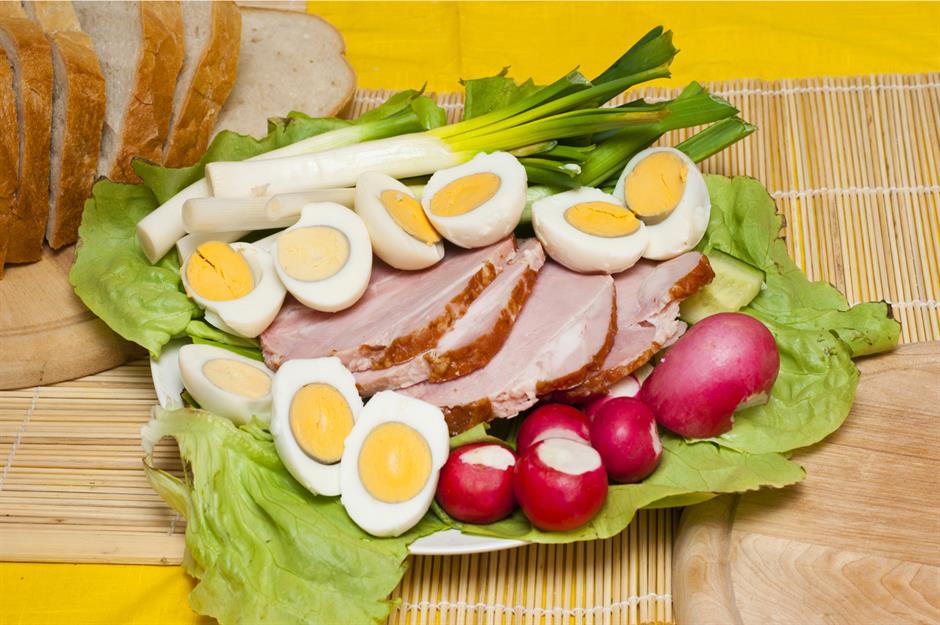
Easter in Hungary is known as Húsvét, meaning 'taking meat'. Hungarian Catholics typically take an Easter Sunday feast of lamb or ham, braided loaves and eggs, with condiments including horseradish on the side. There's also an Easter Monday tradition, locsolkodás, where men sprinkle women with perfume or cold water and receive chocolate eggs, cake and pálinka (a strong Hungarian fruit brandy) in return.
India: palappam with stew
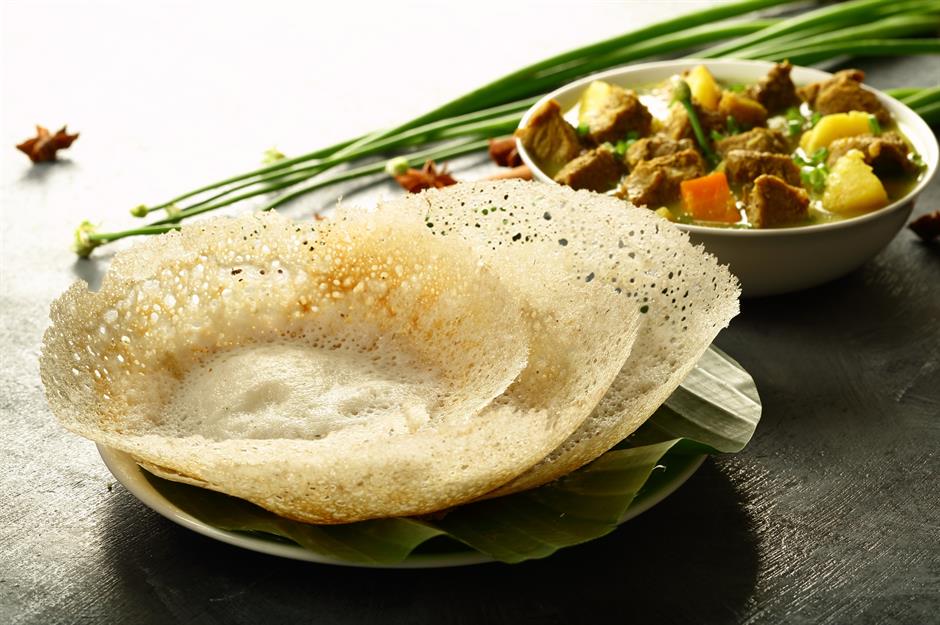
Different dishes are served across India at Easter, depending on the region. Members of the Kerala Christian community usually gather with homemade wine, palappam pancakes with stew and rice cakes. East Indians are predominantly Roman Catholic, and usually celebrate the end of Lent with a feast of Easter eggs, buns and roast pork. In the northeast, a typical dish is fermented chilli pork curry with bamboo shoots.
Italy: colomba pasquale
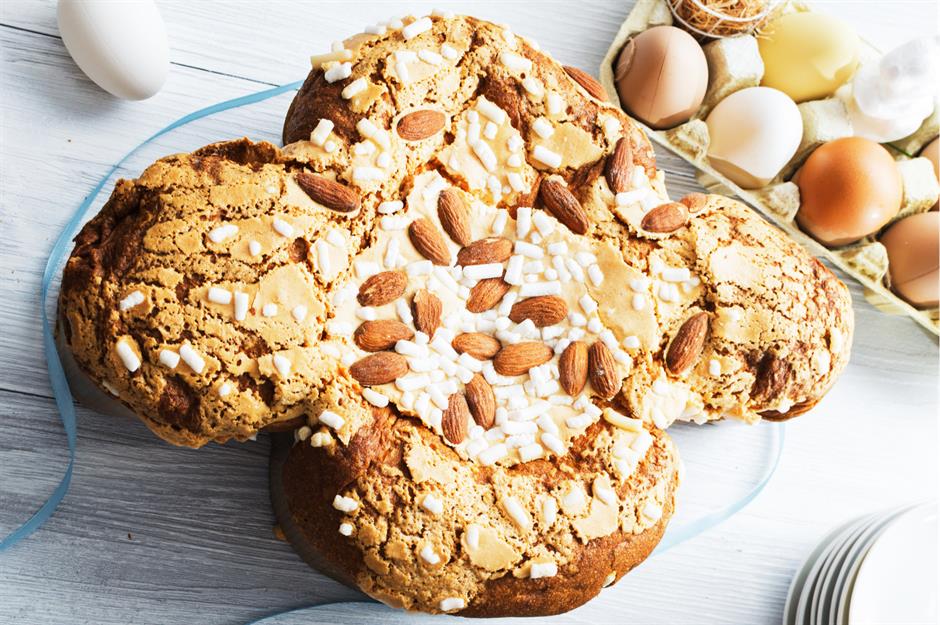
In Italy, Christmas means panettone, and Easter means colomba pasquale or colomba di Pasqua, which translates as 'the Easter dove'. The dough is enriched with eggs, sugar, butter and yeast and left to rise for at least 30 hours. It's then shaped like a dove, baked and topped with pearl sugar and almonds. Italians also eat torta pasqualina, a savoury pie made with flour, eggs, herbs and cheese, while the main Sunday meal typically includes roasted or stewed lamb.
Japan: Easter-themed sweets and snacks
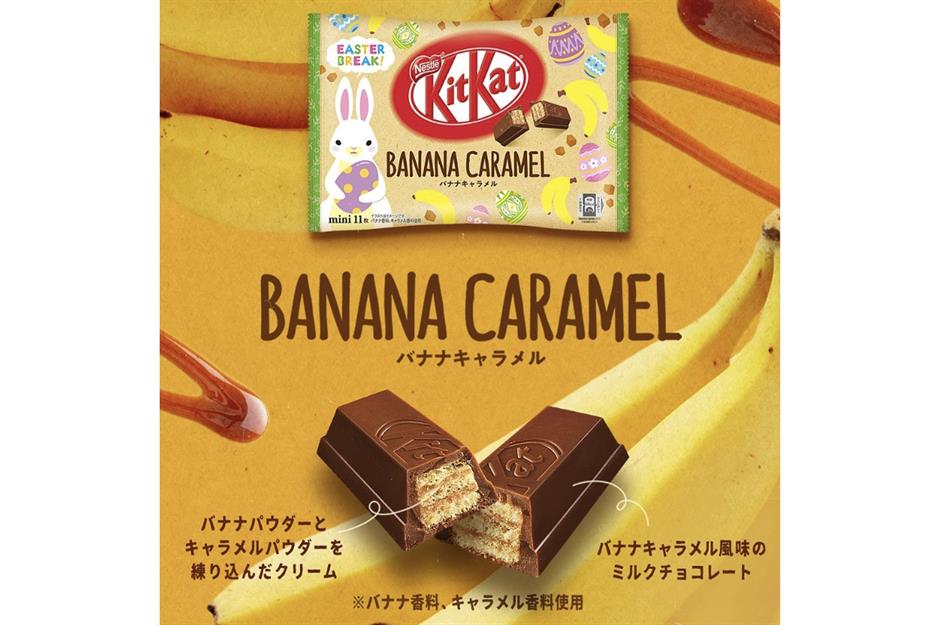
Though Japan doesn't celebrate Easter from a religious point of view, the holiday – like Christmas, Halloween and Valentine's Day – has nevertheless seeped into public consciousness (as far as sweet treats and snacks are concerned, anyway). At this time of year, you'll find plenty of special Easter editions of chocolates, cakes and candies on supermarket shelves, usually with kawaii (cute) designs.
Malta: figolla
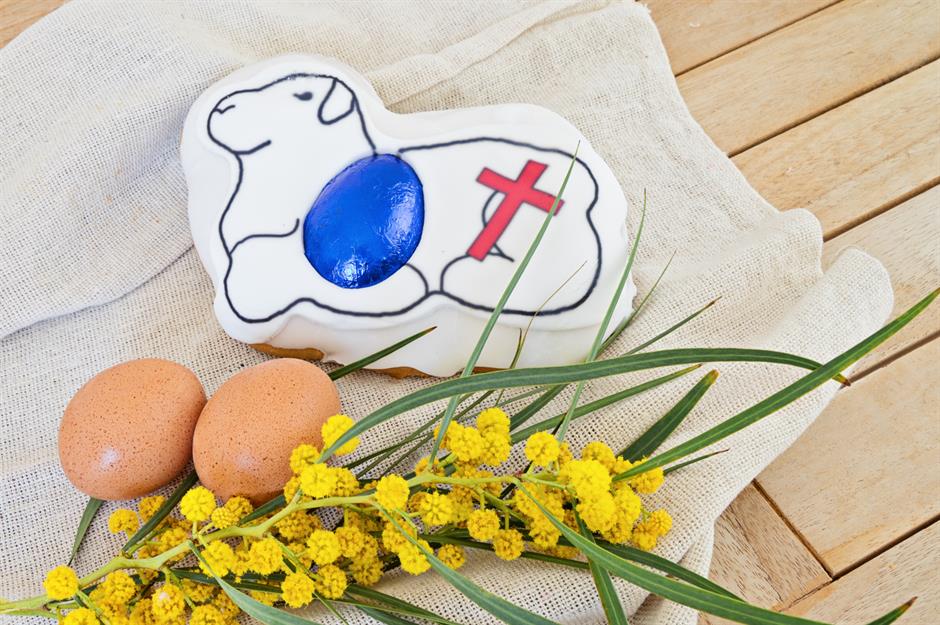
In Malta, a week of religious processions and churchgoing culminates in a huge gathering on Easter Sunday, with families, friends and neighbours getting together for a feast of roast meats and all the trimmings. One longstanding tradition is giving children chocolate Easter eggs and a figolla – a pastry filled with almond paste and baked in the shape of a fish, heart, lamb or rabbit.
Mexico: capirotada
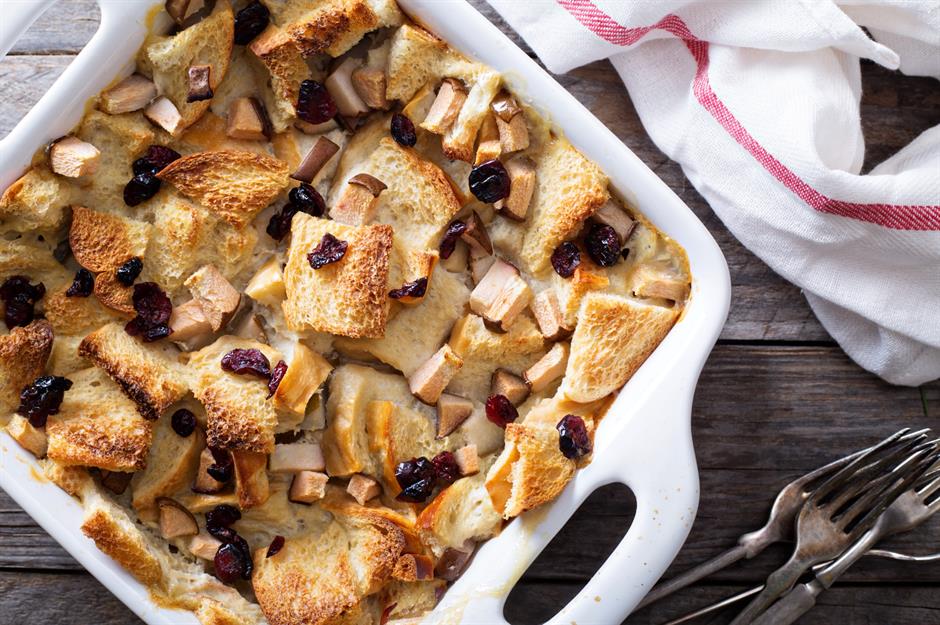
The typical Good Friday dish for Mexican families is capirotada, a bread pudding layered with sugar syrup and salty cheese. Fruits, berries and nuts might be added depending on the region and family traditions, and the bread is usually the baguette-like bolillo, which is soaked in syrup mulled with cloves and cinnamon sticks before being added to the dish.
Netherlands: paasstol

Long family brunches are the way forward in the Netherlands, where you'll find an abundance of enriched breads and pastries. The offering might include paasstol or Dutch Easter bread – a fruity loaf with an almond paste centre – as well as braided loaves, bread rolls, pumpernickel, yellow pastries, egg cakes and jodenkoeken (buttery shortbread). Smoked fish and cheese are also popular, as is butter moulded into animal shapes.
Nigeria: frejon
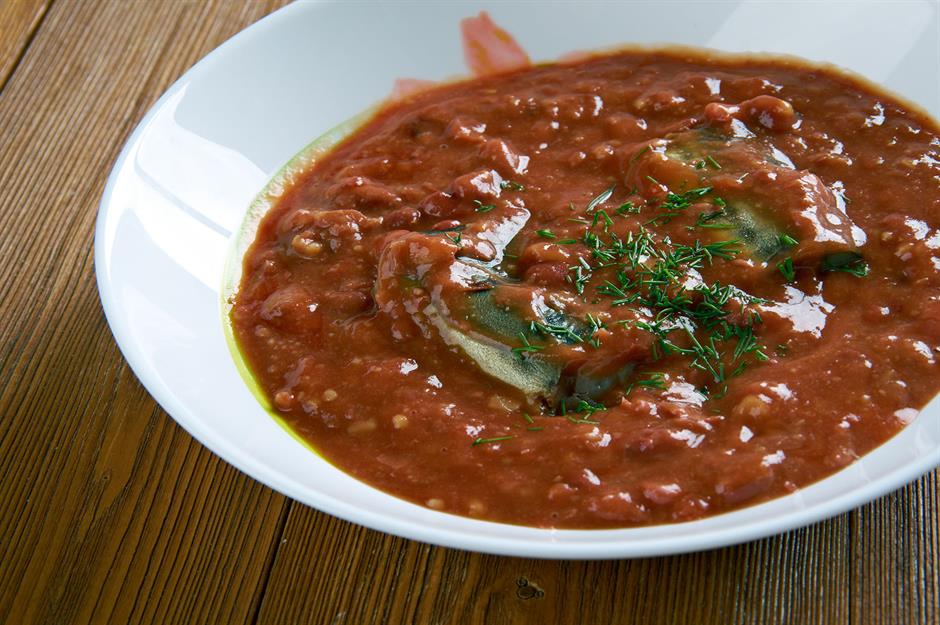
Frejon, a coconut milk and bean soup, is a dish often found on Easter dinner tables in Nigeria – particularly in Lagos. Healthy and hearty, it's usually served with fish stew, jollof rice and garri ljebu, a popular African food made from ground, sieved and fried cassava tubers.
Norway: oranges
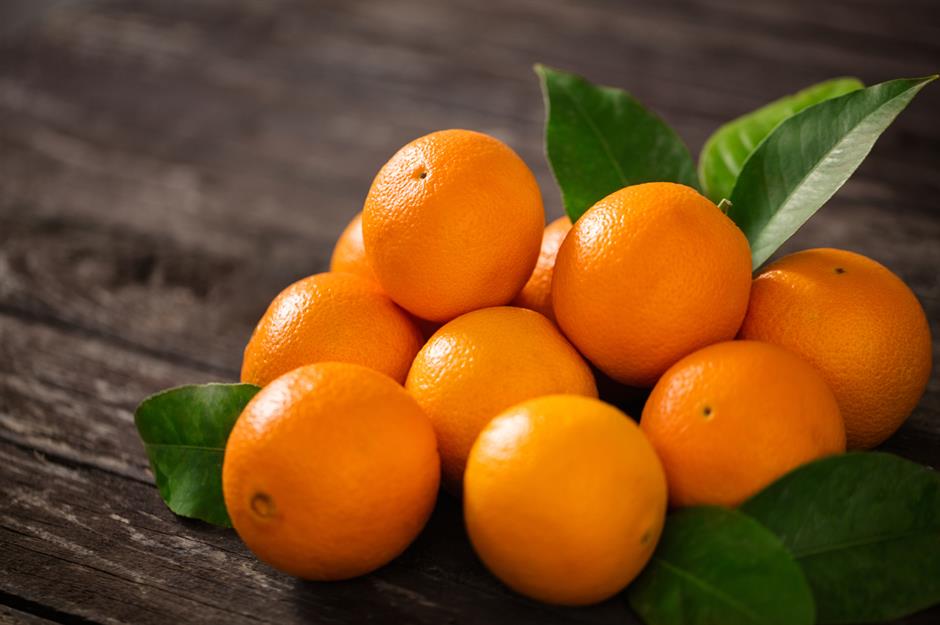
An Easter feast in Norway consists of lamb, eggs, yeasted bread, cakes and – most of all – oranges. While the lamb is a symbol of Christ and spring, and eggs a symbol of rebirth, it's believed that the tradition of eating oranges dates back to when merchant ships brought back the first of the year's harvest from southern Europe during Easter. Norwegians eat, on average, around 20 million oranges during the festival each year.
Poland: butter lamb
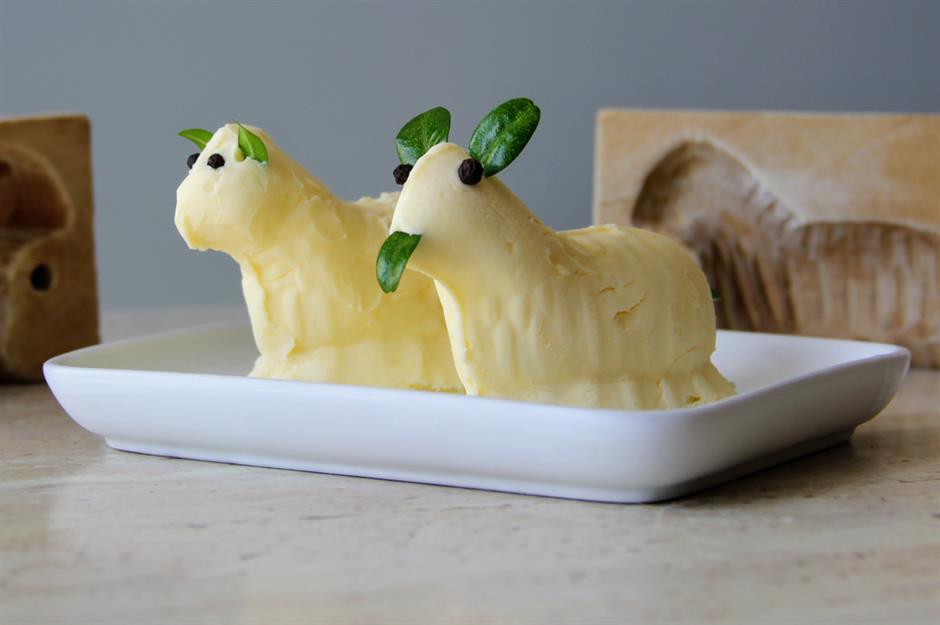
The charming tradition of having butter shaped like a lamb as a centrepiece for an Easter meal is typical in Poland and some other Central and Eastern European countries. Peppercorns are often used for the eyes, and a red bow is usually tied around the neck. The lamb, known in Polish as baranek wielkanocny, takes pride of place on a table heaving with white sausages, żurek (sour rye soup) and cakes.
Portugal: folar
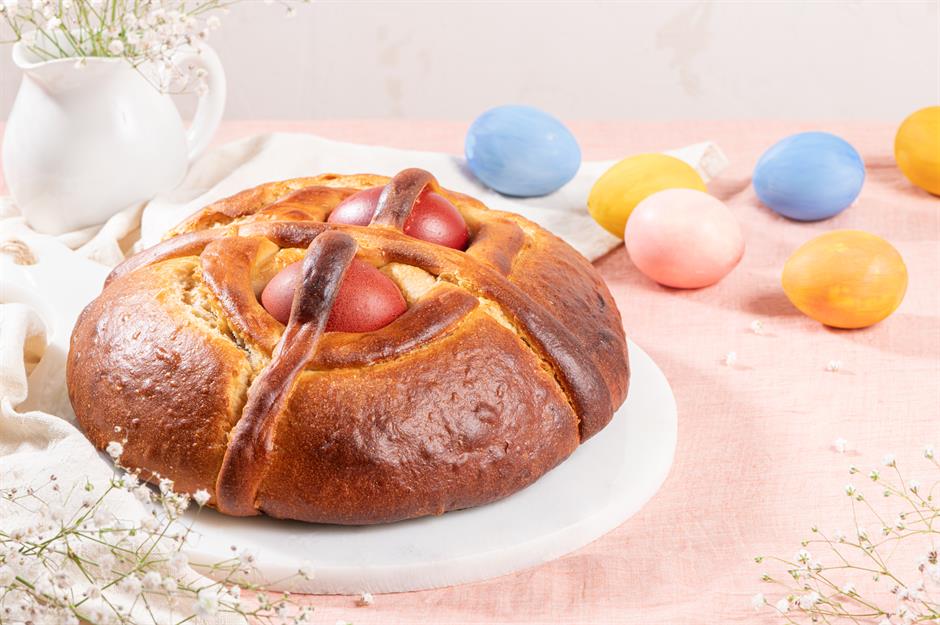
One of the most famous Easter foods in Portugal is folar, a bread made with eggs, sugar, flour, milk and butter, with hints of fennel and anise, and decorated with boiled eggs. In northern areas of the country, folar tends to be more savoury, with sausage and other meats inside, and it typically gets sweeter the farther south you travel. Tradition has it that, on Palm Sunday (Domingo de Ramos), godchildren bring a bouquet of violets to their godmother; on Easter Sunday, the godmother offers folar in return.
Serbia: paska
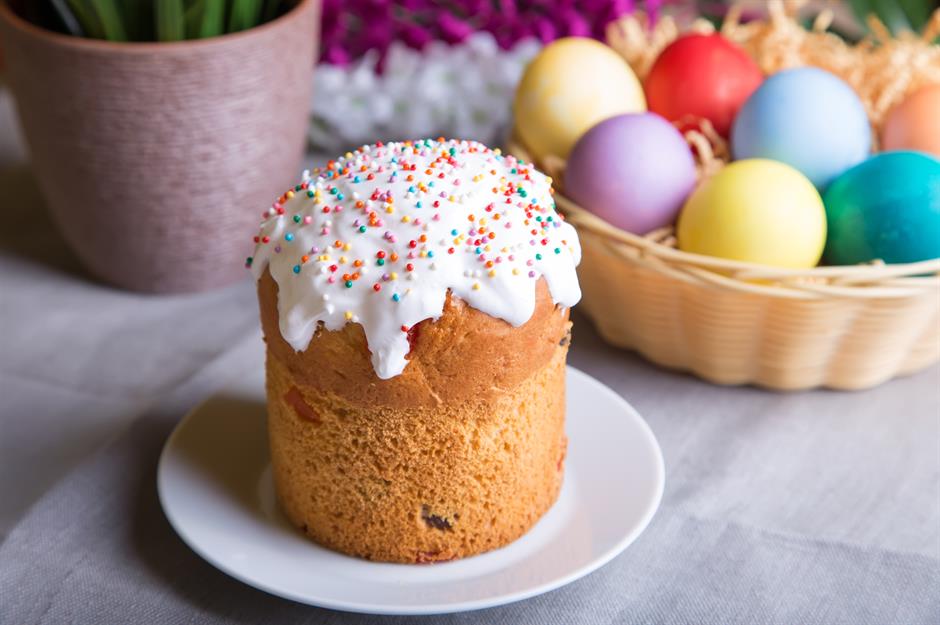
Paska or kulich is a tall cylindrical bread topped with white frosting, and it's synonymous with Easter in Serbia, Ukraine, Georgia, Belarus and other parts of Eastern Europe. It starts with an enriched dough mixed with eggs, butter and sometimes citrus, vanilla, rum or ginger, while raisins, crystallised fruit and maraschino cherries are often added to the mix. During Easter services, the paska is often decorated with flowers and blessed by a priest.
South Africa: pickled fish
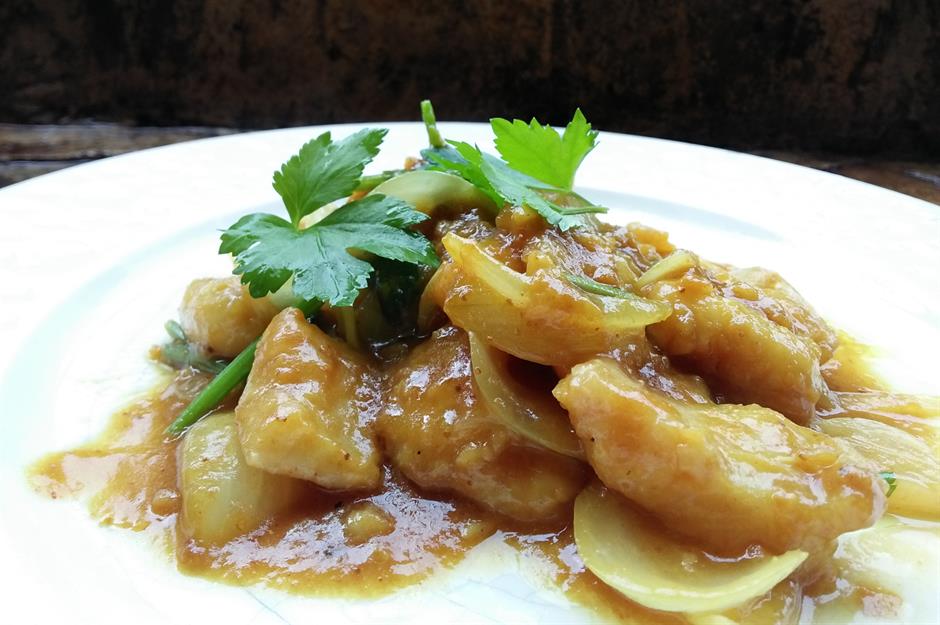
In keeping with the Christian belief that you shouldn’t eat meat on Good Friday, South Africans opt for pickled fish. Their version is a lightly curried dish with onions that's served with freshly baked bread. The tradition, originating in the Western Cape, is believed to have arisen since boats wouldn't go out over Easter weekend, so pickling was necessary to preserve the fish in the days before refrigeration.
Spain: torrijas
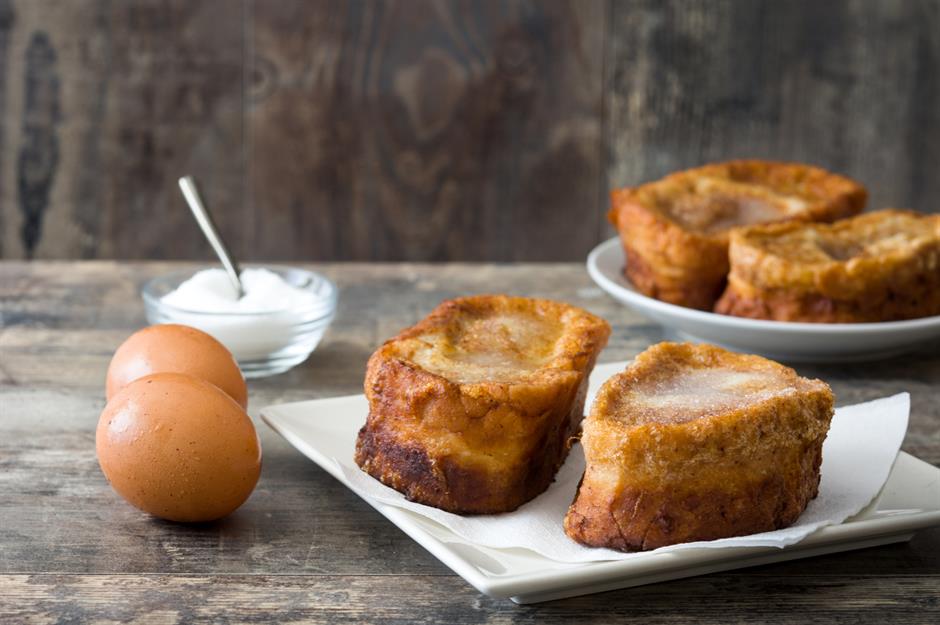
Semana Santa, the week leading up to Easter, is a time for feasting in Spain. Among the traditional treats are torrijas, similar to French toast: thick slices of bread are soaked in milk and beaten egg, fried in olive oil and served with sugar or honey. The recipe dates to at least the 15th century, when it's said to have been invented by nuns, though it's believed to have developed from a similar Moorish treat, zalabiyya (fried brioche with honey). In some regions, it's also traditional to bake a Mona de Pascua – a ring cake topped with boiled eggs – as a table centrepiece.
Sweden: Janssons frestelse
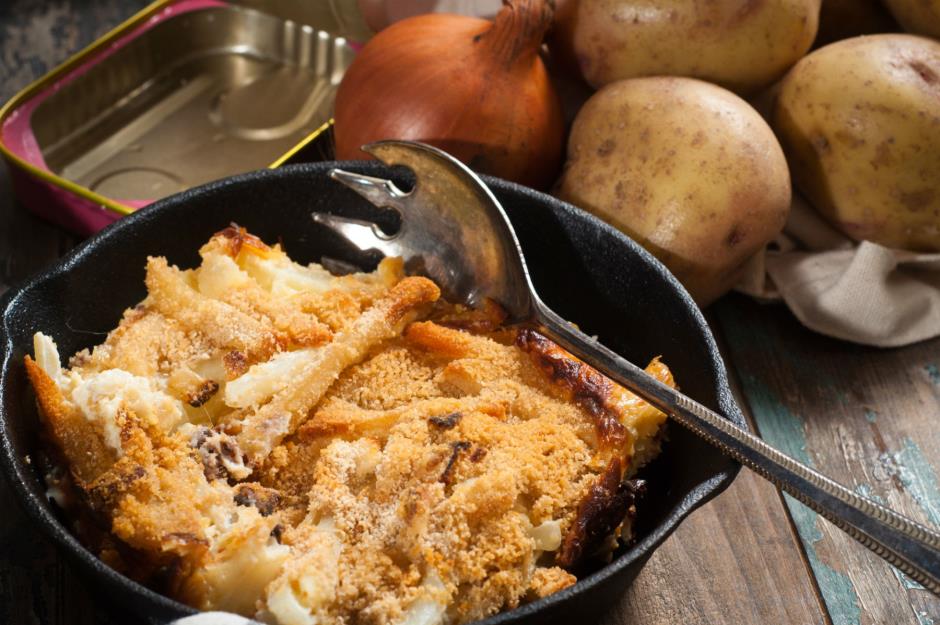
Swedes traditionally eat pickled fish like herring or salmon at Easter, when people gather around a smörgåsbord table. Another popular dish is Janssons frestelse, which translates as Jansson’s temptation. It's a creamy casserole with potatoes, onions and pickled sprats, and it's also considered an essential at Christmas. All this is typically served with a glass (or three) of brännvin, a type of Swedish snaps.
Switzerland: osterchüechli

Osterchüechli are Swiss cakes that make a special appearance at Easter. Often homemade, the sweet treats have a shortcrust pastry base and a rice or semolina filling with whole milk or water, sugar and lemon. The tarts may be individual or family-sized, fruit-filled or plain, and sometimes come dusted with icing sugar.
United States: ham
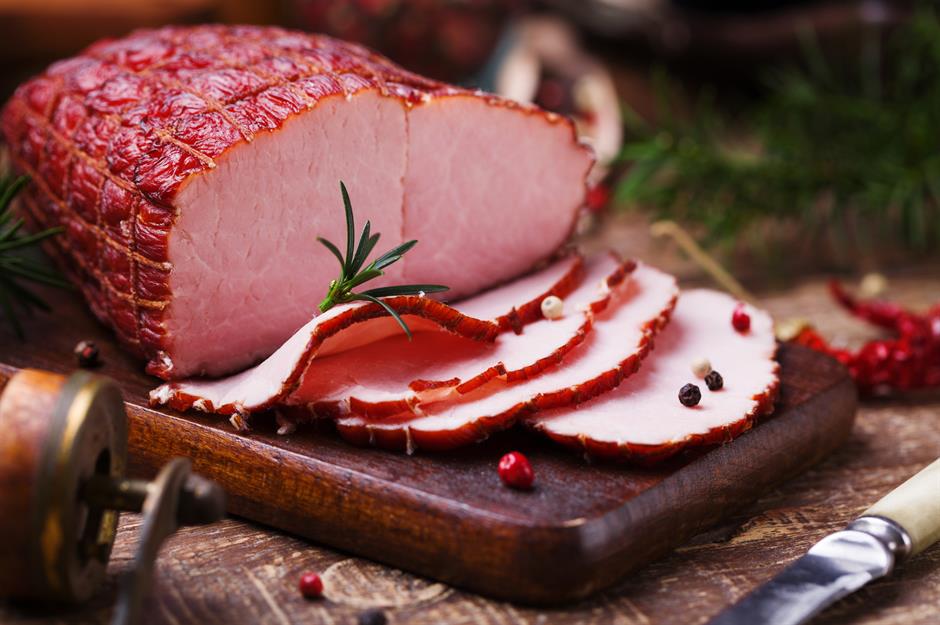
In the US, the go-to meal on Easter Sunday is a classic baked ham with a range of side dishes. It largely replaced lamb as the table centrepiece because ham was more available and therefore more affordable. Another reason is that, pre-refrigeration, the meat was cured in autumn and ready to eat in the spring.
Comments
Do you want to comment on this article? You need to be signed in for this feature